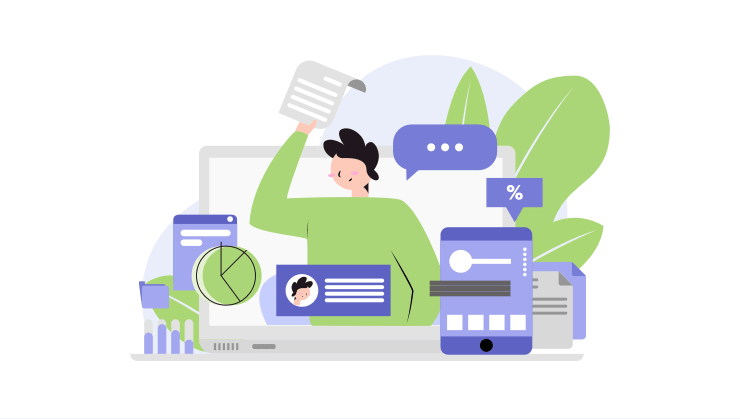
There are plenty of reasons to consider being paid in arrears. As we’ve mentioned above, your invoices will be more accurate and reflective of the work completed. It prevents the need to issue a refund if you overcharge your customer using an estimated invoice. It also prevents the need to issue additional bills if you’ve undercharged them.

What Happens If You Fall Behind on Arrears Payments?
We’ll discuss the basics of billing in arrears, including best practices to minimise late payment. Most businesses typically bill customers in two ways – advanced billing and arrears Bookstime billing. When it comes to billing your customers, getting to know how to bill in arrears versus billing in advance is helpful before setting up your actual billing process. In the following sections, we will discuss what it means to be paid in arrears and other available options. Falling behind these payments causes a financial strain on employees, creditors and suppliers.
Prioritize Payments
Arrears payroll means you pay an employee for work they completed in the previous pay period. This is in contrast to “current pay,” which is when an employer pays an employee the last day of the workweek. Using the current pay method, employers submit an employee’s hours for payroll processing before they even complete their work. While billing in arrears offers plenty of flexibility, a good tracking system is vital to your cash flow. It’s more important than ever to accurately track expenses and income in your accounting books. This ensures you won’t miss any payments received, so you know where to focus your collection efforts.
- While billing in arrears has numerous benefits, it also presents certain challenges, which we will explore in the following section.
- In most cases, customers are hesitant to pay large bills for advanced services.
- Billing in advance is likely best done with repeat customers or in fields where this is the industry standard.
- Arrears accounting provides you with what you need now while allowing you breathing space to meet your obligations later.
- You have the option to pay for subscriptions either prior to or following the service provision.
About Paychex
This is in contrast to billing in advance, which requests advance payment to cover the cost of expenses and supplies. When you are paid in arrears, you don’t receive this payment until after you’ve delivered your goods or services. Payroll in arrears means you pay an employee for work they completed in the previous pay period. Arrears could also mean that a good or service is being paid for after the bill in arrears fact. Businesses can receive arrears—money that is owed and should have been paid earlier—from their customers or make payments in arrears to their vendors. They may also pay employees in arrears, which means employees don’t receive the money they’ve earned until after the pay period.


With recurring payments, payments are usually made on a set schedule without much work needing to be done on both the giving and receiving end. Accounts payable refers to the money a company owes to its creditors. If you’re paying in arrears on accounts payable, making these payments on time is crucial.
Can you get fired for not paying arrears?
For this matter, it’s also common practice to hire other service-based businesses to help you with your billing. In most cases, customers are hesitant to pay large bills for advanced services. That’s why businesses charge a percent upfront to request a down payment. Then, after the service is finished and both parties are satisfied, the customer will pay the remainder of the unearned revenue balance. Since the customer is paying after the completion of service, this process is also considered arrears.
As a small business owner, arrears billing can be simpler to manage but it can also be challenging to maintain proper cash flow. By now, you know the payment in arrears meaning and how it impacts payroll practices. Being one month in arrears with your payroll means that you’re only paid for a month of work after you’ve done it.
- It’s good to understand both of these uses of arrears in accounting, so that you know how to apply them to your own business situation.
- Consider using accounting software to track your expenses and income to prevent paying in arrears.
- When you invoice a customer, you include payment policy terms that detail when the money is due.
- The concept involves paying an entity, such as an employee’s salary, for the work they completed in a previous timeframe or pay period rather than immediately.
- QuickBooks is your all-in-one solution for your accounting, payment, and payroll needs.
- From time to time, you might be billed in arrears or make a payment in arrears.
- It prevents the need to issue a refund if you overcharge your customer using an estimated invoice.
- On the other hand, the term ‘payment in arrears’ is used in reference to overdue payments.
- This will then need to be adjusted for the following pay period.
- This can disrupt a business’s cash flow and leave an employee with a paycheque made out to the wrong amount.
- You can also click here to get a step-by-step tutorial with images.
- It’s a billing method that could change your cash flow management and ensure prompt payments.
- It allows them to calculate commission, overtime and other tips to pay for employees’ hours.
The financial term; “in arrears” means that a payment is behind, and can be applied to both billing and paying. The term “arrears” is also used in divorce law in cases that involve child support. Any payment made after the completion of service is considered arrears billing.





